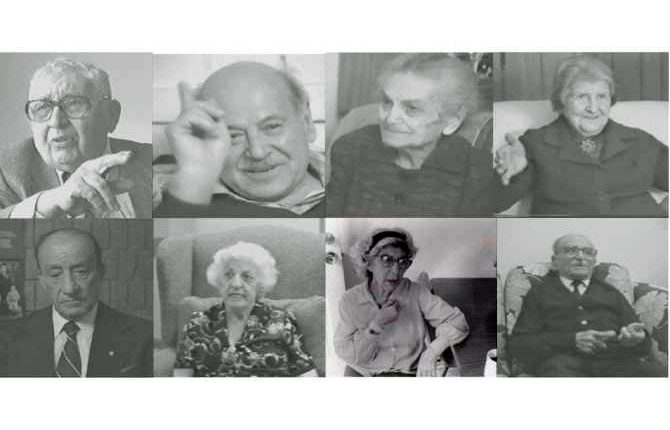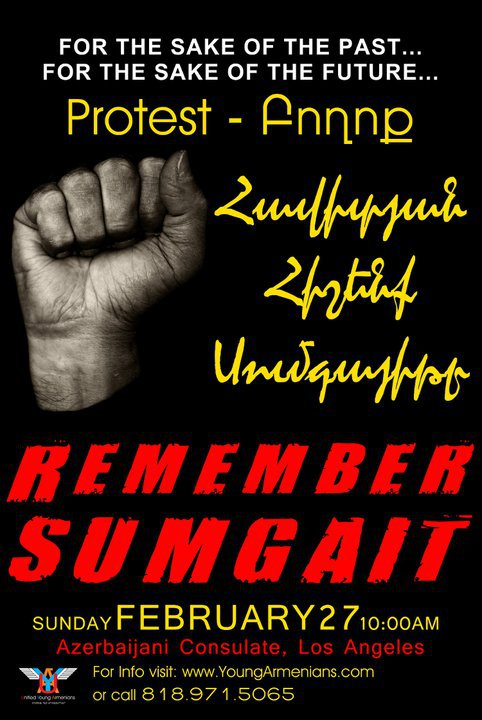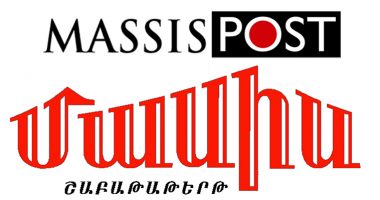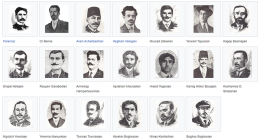The Armenian Genocide Oral History Collection, one of the Zoryan Institute’s earliest and most transformative projects, has been added to the Zoryan Institute-AUA Center for Oral History housed at the AGBU Papazian Library. The collection contains over 750 interviews of Armenians who survived the genocide, and these interviews are now accessible to students, faculty members, or researchers at AUA and in Yerevan.
The Zoryan Institute entered into an agreement with the American University of Armenia (AUA) in 2018 to establish the Zoryan Institute-AUA Center for Oral History with the purpose of transcribing, translating and subtitling the interviews of the Institute’s Armenian Genocide Oral History Collection into English.
AGBU Papazian Library Director, Satenik Avakian, played a major role in coordinating activities of the center since its inception. When asked about the significance of having the Armenian Genocide Oral History Collection available at AUA, she stated: “As a member of the center’s development team from the outset, I am so excited to see the impact that the center and this collection will have on AUA students and researchers. I take great pride in being part of the establishment of this center, and I look forward to seeing the incredible work and research that comes out of this impressive collection of interviews.”
The majority of the interviews of the collection were conducted in the Armenian language, and with the support of AUA students working with the center, the Zoryan Institute aims to make these interviews accessible with English subtitles to a wide demographic of people who can learn from these first-hand accounts of survival.
Araz Margossian, the Academic Support Librarian at AUA responsible for the on-site management and coordination of the Zoryan Institute-AUA Center for Oral History, states: “The Zoryan Institute’s Armenian Genocide Oral Histories are the memories and testimonies of unique and individual human souls who witnessed, encountered and survived the atrocities of the Armenian Genocide. It is a great privilege and responsibility for the “Zoryan Institute & AUA Center for Oral History” to assume the role of housing, overseeing the transcription and translation of the collection, and coordinating access to these testimonies in Armenia.”
The Armenian Genocide Oral History Project, launched in 1983, was initiated by the Zoryan Institute when it became evident that time was running out for the generation of Armenians who had firsthand accounts of the genocide. It is now the largest audio-visual collection of its kind.
Over the years, the collection has proven to be a very valuable resource for researchers, scholars, and filmmakers, given scientific approach used for the interview process, and for its visual component. A detailed questionnaire was developed with 90 questions organized under four broad headings: City/Village Life in the Armenian Homeland, Massacre and Deportation from the Armenian Homeland, Experiences as an Immigrant, and Attitudes and Interpretation. This questionnaire was carefully crafted by multi-disciplinary specialists, including anthropologists, sociologists, and psychologists. The questionnaire was not only meant to elicit information about the Genocide, but also provide details and valuable insights into the life of the Armenian people preceding the Genocide and the trends that various disciplines can extract from the collection.
Mari Hovhannisyan, Executive Administrator of the Zoryan Institute Armenia, speaks to the tremendous benefits that this collection has for researchers: “As a researcher myself, I find the Zoryan Institute’s Armenian Genocide Oral History Collection incredibly valuable. Using first-hand testimonies in research contributes to various viewpoints and perspectives that fill in the gaps in documented history. With the support of the collection’s detailed catalogue, I can listen to these testimonies and piece together a common understanding of the people from that region at a specific moment in history, which is truly exceptional. I am elated that through the joint efforts of the Zoryan Institute and AUA, we can make these interviews accessible to researchers around the world.”
In addition to its academic strengths and value, the collection’s visual component has also caught the attention of a number of filmmakers over the years. The Zoryan Institute interviews with Armenian Genocide survivors were the inspiration behind two feature-length films. The 1988 PBS hit, An Armenian Journey, by filmmaker Theodore Bogosian, referenced the interview of Mariam Davis’, the very first interview conducted for the collection. The 2022 multiple award-winning animated film by Inna Sahakyan of Bars Media, Aurora’s Sunrise, was based on and features the Institute’s interview of Armenian Genocide survivor, Aurora Mardiganian.
As part of the work being done at the Zoryan Institute-AUA Center for Oral History, AUA students have embarked on transcribing and translating the interviews of the refugees, soldiers, and witnesses of the 44-Day Artsakh War Oral History Project. Here again, this work is being done with the objective of making these interviews available in English to scholars and researchers around the world.










